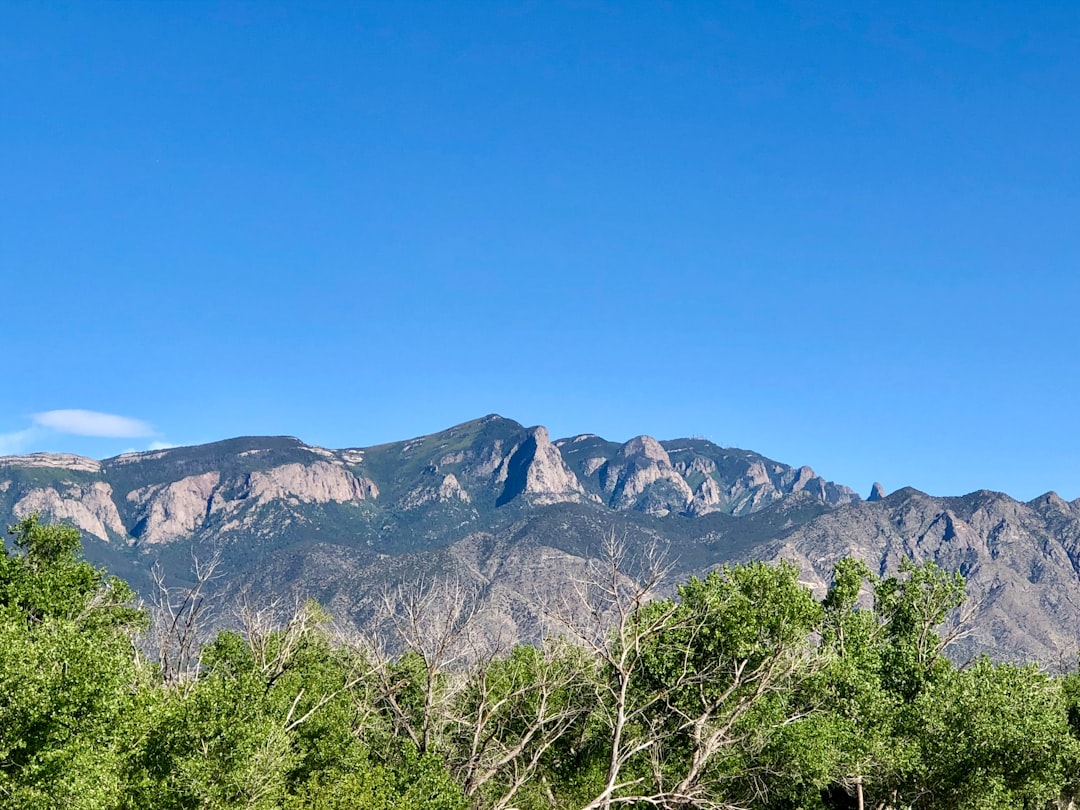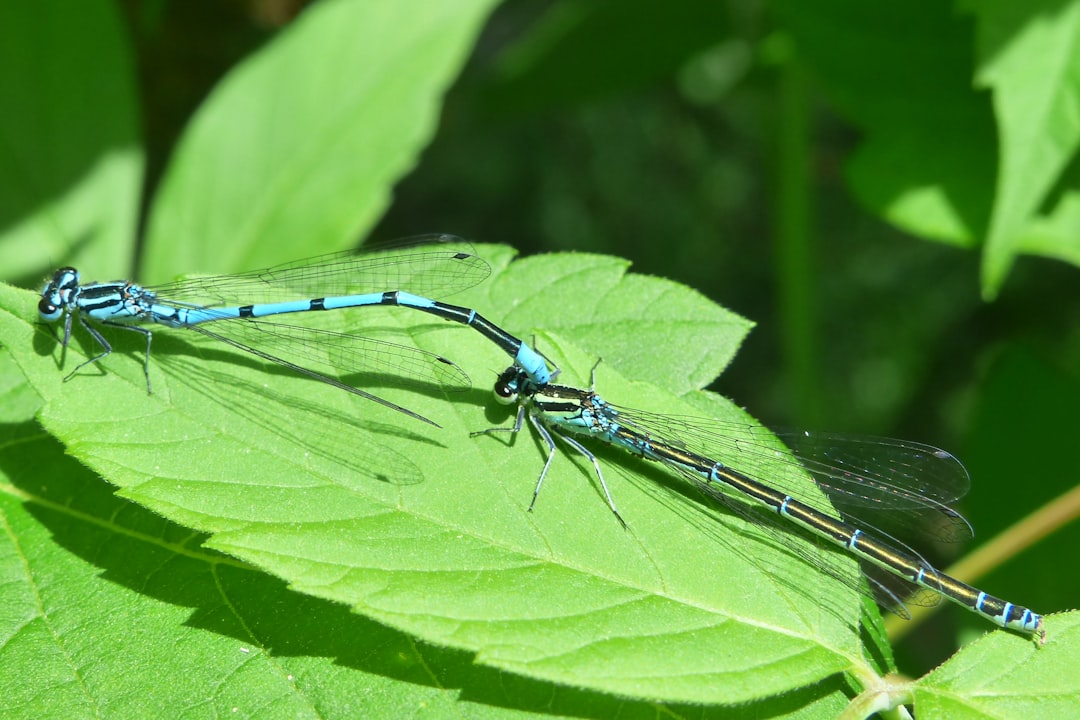What is it about?
The proper use of species names depends entirely on verifying whether newly analysed specimens are conspecific with the type material. True lemmings (Lemmus) are the most common rodents of the Arctic tundra in the Old and New World and play an important role in the Arctic ecosystem; however, their taxonomy is far from resolved. The Amur lemming (L. amurensis) is the least studied and most enigmatic species of the genus. Moreover, the type locality for this species was flooded by a newly created reservoir in 1974, making additional topotypes unavailable. In this context, genetic analysis of museum specimens, especially type material, has great potential. Here we report partial cytochrome b sequences extracted from all specimens identified as L. amurensis stored in the two largest mammal collections in Russian museums, including the holotype of L. amurensis and the type material of all forms currently considered as synonyms of L. amurensis. Our results impinge on nomenclature issues, taxonomy, divergence times and the evolutionary history of lemmings in the eastern part of the Palearctic and on the species concept as applied to the genus Lemmus.
Featured Image
Why is it important?
Our findings show that Amur lemming is not widespread and its status as Least Concern (LC) reflects incorrect sample identification leading to incorrect ideas of its distribution. This species is not only rare, but it has disappeared from most places where it was reported in the first half of the 20th century, including the terra typical, which was flooded by the construction of the Zeya reservoir. The only sustainable opulation is in the Chulman River, South Yakutia area and, in our opinion, the conservation status of the Amur lemming needs to be reclassified as Vulnerable/Near Threatened (VU/NT).
Read the Original
This page is a summary of: Genetic analysis of type material of the Amur lemming resolves nomenclature issues and creates challenges for the taxonomy of true lemmings (Lemmus, Rodentia: Cricetidae) in the eastern Palearctic, Zoological Journal of the Linnean Society, August 2017, Oxford University Press (OUP),
DOI: 10.1093/zoolinnean/zlx044.
You can read the full text:
Contributors
The following have contributed to this page










